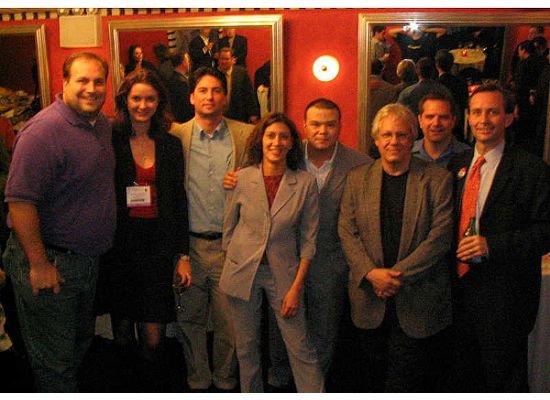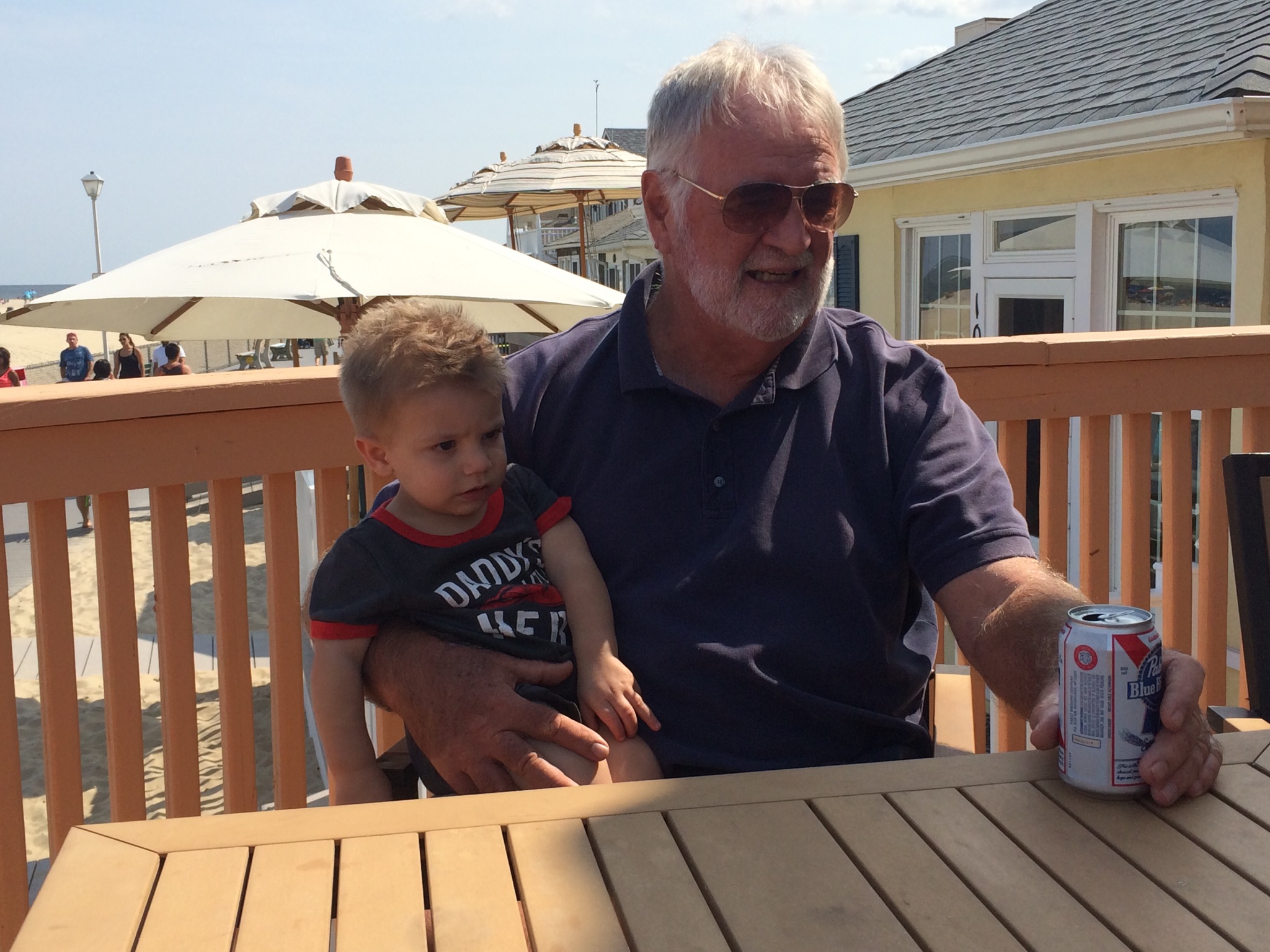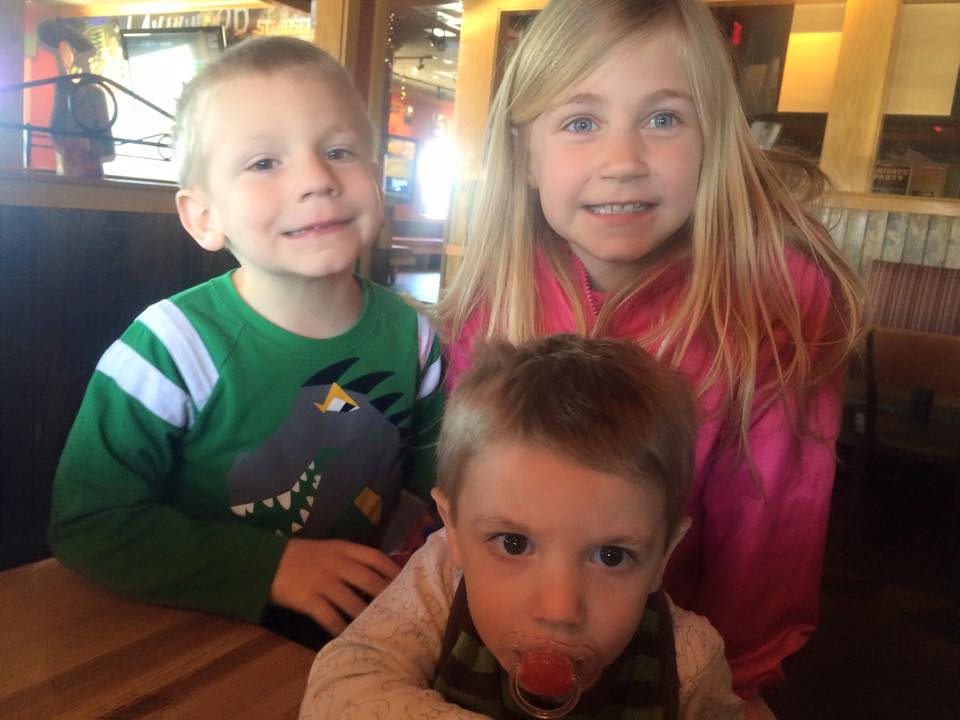Consumer tune-out
/Check out this article in USA Today. One of the biggest ways in which advertisers kid themselves these days is through denying audience fragmentation. There have been many comments in the trade press and elsewhere over the past several years concerning the difficulty in reaching mass audiences through individual media, but we haven't seen much in the way of innovative strategies to address our inability to reach targets the way we used to 25 years ago.
It's at times like this that I like to reflect on what the online advertising industry did in the years from 2000-2003 to pull itself out of the industry contraction and revive itself. Perhaps all media disciplines could learn some lessons from what was done during that period.
If I had to define what turned things around for online, my major bullet points would be:
- Embracing search and contextual marketing
- Proving better efficiencies by adding a larger percentage of interactive media to the overall mix
- Improving our targeting capabilities
- Pushing for larger ad sizes and less clutter
Items #1 and #3 tie together in a way I'll describe a bit later. #2 generally has to do with choices made between various media and not the whole media landscape, so for a minute let's disregard that one. #4 was put in place to address the very problem discussed in the USA Today article. Allow me to explain that last statement. Larger ad sizes and fewer ad elements on each page were two tactics adopted by many sites across the web. We moved from 468x60 banners to 728x90 leaderboards, and upgraded skyscrapers, rectangles and other ad units to give creatives more real estate with which to get their messages across. Placing fewer ad elements on each page meant that invidivudal ads had less competition on the page for the attention of the visitor. These tactics address the problem of a consumer who had become accustomed to seeing certain size ads in certain places and thus to tuning out commercial messages on web pages.
Furthermore, many publishers took the 300x250 and 336x280 rectangle executions and wrapped content around them. These "in-line" executions were hard to ignore. When publishers implement this ad unit in this fashion (placing it within content and wrapping text around them), the rectangle units consistently are among the top performing ad units on many campaigns.
The point is, the commitment to larger size units and less clutter meant to address a consumer who had tuned out to the old specs. They had become accustomed to seeing a 468x60 ad at the top of the page every time they visited an ad-supported site. And their eyes glazed over.
Changing up ad sizes and killing off the "10 ad elements per page" ridiculousness from the '90s helped keep consumers from tuning things out.
But at best, it's a temporary fix. It's only a matter of time before consumers get used to the most common page layouts and publishers will have to switch up their ad products again.
There is something that can serve as a permanent solution, however. But first, an analogy from the world of print...
There are a few magazines I tend to pick up at the newsstand or get delivered to the house, and they're all niche titles that appeal to my personal interests: Guitar World, PC Gamer, ATV Magazine, Outside Magazine - these are all magazines I love. And my relationship with the ads in these books is much different from that with ads in other publications. Whenever I pick up an issue of ATV Magazine, I parse the ads in the same manner as the content. That's because the ads are all relevant to me because they've been targeted to me by interest (by way of being included in a magazine about ATVs) and they extend value to me. In other words, I know more about the latest ATVs, add-ons, riding gear and performance accessories because I read the ads.
When you think about it, if we could achieve this effect in all cases, we could get around the problem of consumers who tune out. Ads would be looked forward to, not avoided like the plague. Commercial-skipping with DVRs would be a miniscule threat at best. Online ads would achieve huge response rates and lift brand metrics through the roof. People wouldn't change the station during commercial breaks on radio.
But achieving relevance in this fashion requires significant adjustments to the way we do business in the advertising community. While making these adjustments would represent a major challenge, they are implementable.
These adjustments are as follows:
- Target advertising based on niche behavioral, contextual and interest-based profiles.
- Find a way to roll up these niche audiences across multiple advertising channels
Adjustment #1 would take a philosophical revitalization among clients, agencies and publishers that have been using to using demographics as a surrogate for their true target audiences. It would be difficult for advertisers and agencies especially to move from "Women 25-39" to "People who have an observed or declared interest in baby products" simply due to inertia. But success and fear of losing ground to competitors can be strong motivators.
Adjustment #2 would require a lot more nuts and bolts work. More than likely, it would require publishers to band together to share inventory such that niche audiences can be rolled up across multiple media venues. In online, this concept has already started to manifest itself in behavioral networks such as Claria's BehaviorLink, Tacoda's behavioral network and in a number of other online media offerings.
Offline, it would require mass customization in offline media, such that individual consumers could be targetable with ads across multiple venues. It would also require behavioral and interest-based profiles to be available for print, cable, newspaper and other subscribers. This is certainly easier to implement, from a technology standpoint, for cable subscribers and mobile networks. Less so for print and newspaper subscribers.
But it can be done. And it is only through this mass customization of ad offerings that we will be able to offer true advertising relevance and truly extend value to the consumer such that the tune-out problem is permanently solved. What I like about this solution is that it also simultaneously addresses the fragmentation problem in extending value to media consumers who are tough to reach due to the amazing range of media choices open to them.












































